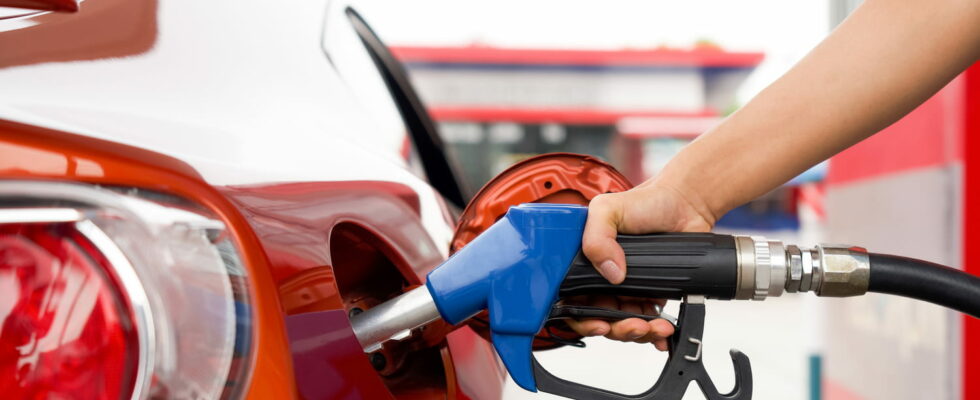Although the operation may seem simple and trivial, it is very important to follow a few rules when filling up your car with fuel. And there is an ideal method for this.
When it comes to filling up your car with gas, most people wonder whether it’s better to fill the tank quickly or slowly. However, there’s an often-overlooked method that could make the process more efficient and cleaner: varying the pressure on the fuel pump nozzle.
Instead of simply choosing between a fast or slow fill, try applying maximum pressure to the gun at the beginning of the fill, then reducing that pressure as the tank fills. This technique helps limit air entry and reduces foaming in the tank, which can improve fill efficiency.
When you first start filling up, the fuel flows quickly and smoothly. But as the tank fills, foam bubbles can form, creating unwanted air in the tank. Not only can this extend the time it takes to fill the tank, it can also negatively affect your vehicle’s fuel efficiency.
The pressure variation method comes into play at this crucial stage. By applying less pressure to the nozzle when the tank is almost full, the fuel flow slows down. This allows the liquid to flow more evenly, reducing foaming and limiting air entry. As a result, the tank can be filled more efficiently, with less fuel loss and a more accurate fuel level reading.
This technique has several benefits. First, it maximizes the amount of fuel that goes into the tank, thus slightly increasing your vehicle’s range. Second, by reducing foaming, it minimizes the risk of overfilling, contributing to a cleaner and safer refueling experience. Finally, it can help preserve your car’s overall performance by preventing an excess of air in the fuel system.
Last but not least, don’t let your tank run completely empty. Driving with a nearly empty tank can cause problems. When the fuel level is very low, particles and impurities that are at the bottom of the tank can be sucked into the fuel injectors. These impurities can clog the injectors and compromise the proper functioning of the engine. To avoid this, it is recommended to keep the tank at least a quarter full at all times.
